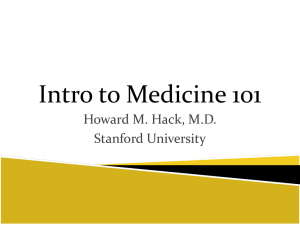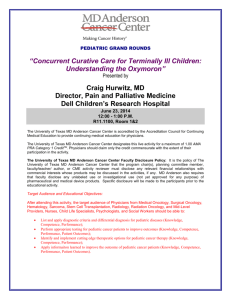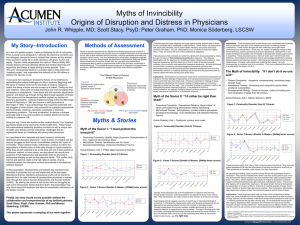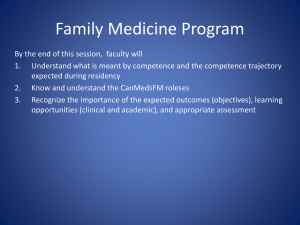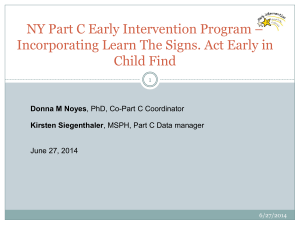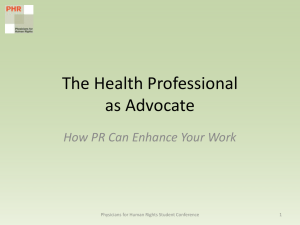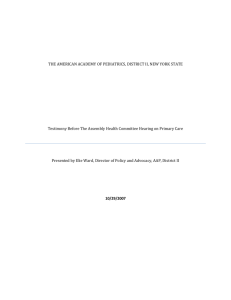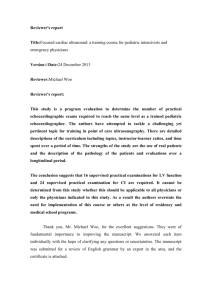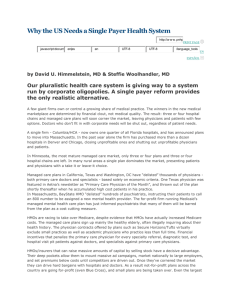On August 7 1963, in a small hospital on Cape Cod, First Lady
advertisement
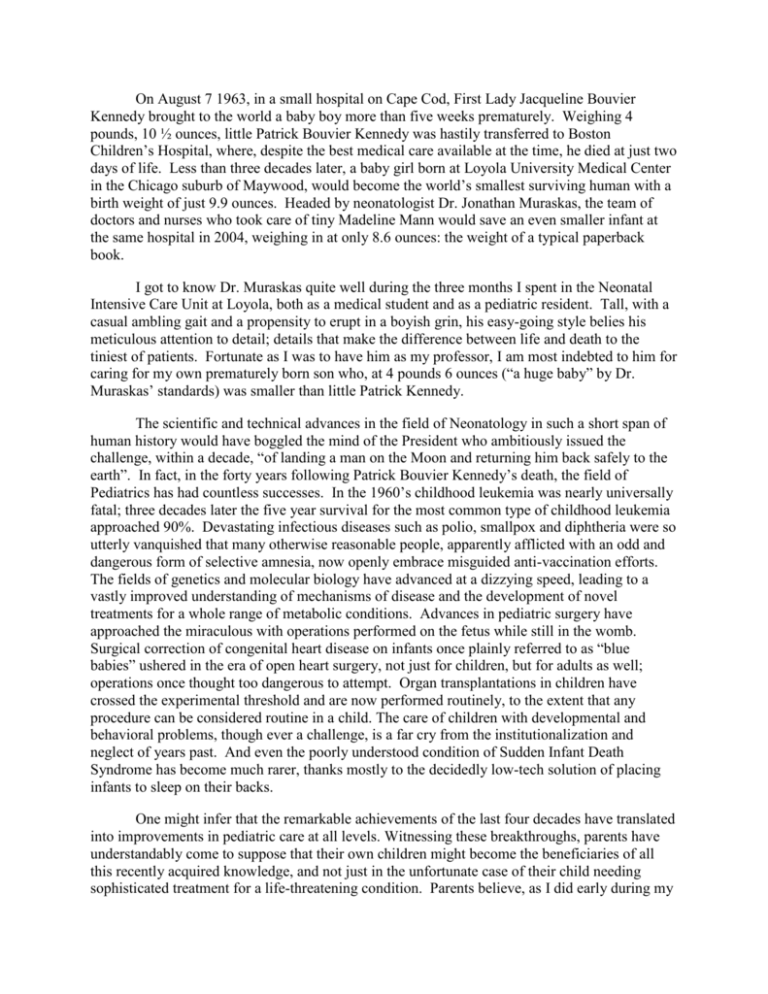
On August 7 1963, in a small hospital on Cape Cod, First Lady Jacqueline Bouvier Kennedy brought to the world a baby boy more than five weeks prematurely. Weighing 4 pounds, 10 ½ ounces, little Patrick Bouvier Kennedy was hastily transferred to Boston Children’s Hospital, where, despite the best medical care available at the time, he died at just two days of life. Less than three decades later, a baby girl born at Loyola University Medical Center in the Chicago suburb of Maywood, would become the world’s smallest surviving human with a birth weight of just 9.9 ounces. Headed by neonatologist Dr. Jonathan Muraskas, the team of doctors and nurses who took care of tiny Madeline Mann would save an even smaller infant at the same hospital in 2004, weighing in at only 8.6 ounces: the weight of a typical paperback book. I got to know Dr. Muraskas quite well during the three months I spent in the Neonatal Intensive Care Unit at Loyola, both as a medical student and as a pediatric resident. Tall, with a casual ambling gait and a propensity to erupt in a boyish grin, his easy-going style belies his meticulous attention to detail; details that make the difference between life and death to the tiniest of patients. Fortunate as I was to have him as my professor, I am most indebted to him for caring for my own prematurely born son who, at 4 pounds 6 ounces (“a huge baby” by Dr. Muraskas’ standards) was smaller than little Patrick Kennedy. The scientific and technical advances in the field of Neonatology in such a short span of human history would have boggled the mind of the President who ambitiously issued the challenge, within a decade, “of landing a man on the Moon and returning him back safely to the earth”. In fact, in the forty years following Patrick Bouvier Kennedy’s death, the field of Pediatrics has had countless successes. In the 1960’s childhood leukemia was nearly universally fatal; three decades later the five year survival for the most common type of childhood leukemia approached 90%. Devastating infectious diseases such as polio, smallpox and diphtheria were so utterly vanquished that many otherwise reasonable people, apparently afflicted with an odd and dangerous form of selective amnesia, now openly embrace misguided anti-vaccination efforts. The fields of genetics and molecular biology have advanced at a dizzying speed, leading to a vastly improved understanding of mechanisms of disease and the development of novel treatments for a whole range of metabolic conditions. Advances in pediatric surgery have approached the miraculous with operations performed on the fetus while still in the womb. Surgical correction of congenital heart disease on infants once plainly referred to as “blue babies” ushered in the era of open heart surgery, not just for children, but for adults as well; operations once thought too dangerous to attempt. Organ transplantations in children have crossed the experimental threshold and are now performed routinely, to the extent that any procedure can be considered routine in a child. The care of children with developmental and behavioral problems, though ever a challenge, is a far cry from the institutionalization and neglect of years past. And even the poorly understood condition of Sudden Infant Death Syndrome has become much rarer, thanks mostly to the decidedly low-tech solution of placing infants to sleep on their backs. One might infer that the remarkable achievements of the last four decades have translated into improvements in pediatric care at all levels. Witnessing these breakthroughs, parents have understandably come to suppose that their own children might become the beneficiaries of all this recently acquired knowledge, and not just in the unfortunate case of their child needing sophisticated treatment for a life-threatening condition. Parents believe, as I did early during my pediatric training, that pediatricians - and I use this term in the loose sense to mean any professional who provides medical care to a child - routinely use knowledge and skills acquired during an arduous education, following scientific axioms, engaging in thoughtful reflection and incorporating incontrovertible logic in order to arrive at a rational therapeutic plan that is always in the child’s best interest. It pains me to say that this is far from the truth. In reality, my profession is often marred by physicians who have long forgotten or abandoned what they learned during their training, replacing scientific tenets with a hodge-podge of erroneous beliefs obtained from dubious sources, adopting a smorgasbord of unproven methods carried out in a glib, thoughtless way, minimizing intellectual effort while appeasing parents to avoid any confrontation, with the goal of arriving at a treatment plan that is convenient (and hopefully profitable), regardless of what is in the best interest of the child. This last statement may sound far-fetched to those outside the profession, and impertinent to those within. Yet, there is a torrent of evidence attesting that physicians frequently mismanage the most common conditions that bring children to medical attention. Antibiotics are routinely prescribed inappropriately to treat viral infections. There is an undue reliance on laboratory and radiologic testing often leading to erroneous diagnoses and unnecessary treatments. Asthma, the most common chronic illness of childhood, is mishandled with such stunning regularity that a movement to effect a type of remedial education of primary care doctors is now underway. Even the use of over the counter medications such as acetaminophen and ibuprofen is bungled. And these are the easy lay-ups, the very bread and butter of pediatrics. When faced with problems outside their constricted comfort zone of practice, physicians resort to unnecessary referrals to specialists, raising not just the costs of a financially overburdened health care system, but needlessly arousing anxiety in family members. A curious consequence of the frequency with which poor medical care is encountered is that rational practices are supplanted by the irrational, much as weeds taking over a garden. An alternate reality is thus created making it virtually impossible for parents to distinguish reasonable recommendations from patently bad advice. Thus, many believe it is sensible to alternate acetaminophen with ibuprofen to eliminate fever (it is not), that amoxicillin is no longer useful to treat ear infections (it certainly is), and that colic is cured by changing an infant’s milk (hardly the case). These problems are not unique to pediatrics: this country is suffering a generalized malaise when it comes to quality of primary care medicine; there is a peculiar paradox whereby stunning technological and scientific achievements are contrasted by banal blunders. I limit my discussion to the medical treatment of children in this book because it is what I know best from first-hand experience. As a board-certified pediatrician working in a variety of geographic locations and practice types for over fifteen years, I have witnessed how the sausages of pediatrics are made: an unsavory and sometimes frightening spectacle. I have also beheld the near sublime: inspiring professionals whose encyclopedic knowledge I can only envy, whose dedication to their patients’ welfare we should all admire. To avoid misrepresenting myself as a paragon of pediatrics, I must confess that in my career I have repeatedly fallen prey to illogic, I’ve sometimes provided questionable advice, and I’ve made some mistakes that continue to trouble me despite the passage of years. These personal shortcomings and the realization of the ease with which physicians succumb to the irrational have been part of the impetus driving me to analyze and better understand why physicians, presumably intelligent creatures, so often end up making poor decisions. In a kernel, physicians commit errors not simply because of a lack of knowledge or inferior intelligence, but as a result of easily recognizable human fallibilities projected on the backdrop of a complex inter-relationship of patient, doctor, and family members. In some cases we fall victim to predictable but nonetheless difficult to avoid cognitive errors and mistakes in logic. The therapeutic alliance between families and physician can be hampered by miscommunication and opposing agendas. To top it off, our decisions are sometimes swayed by financial considerations if not shameful conflicts of interest. But it is the very casual, almost slovenly approach to the care of children - not really listening to parental concerns, haphazardly examining patients, and locking onto decisions very early in the process of evaluation, sometimes even before entering the exam room - that is the most pervasive problem. If airline pilots flew with the glib disregard for procedural principles that doctors display when treating children, planes would be dropping out of the sky every day. Luckily, many of the problems that bring children to the attention of their doctors are selflimiting, and resolve often in spite of rather than as a result of the care prescribed. This is why, if armed with a good bedside manner, some of the least competent pediatricians manage to appear exemplary. Behind closed doors many pediatricians will readily acknowledge that our profession is suffering from a general laxity of discipline, though few would admit it in public. Professional decorum dictates that doctors should balk at criticizing their colleagues, if not out of a sense of fraternity and respect, for the more practical ends of avoiding the legal perils of defamation, and to maintain a steady flow of referrals from those very doctors whom we would never entrust with the care of our own family members. Even Sir William Osler, arguably the greatest physician of the twentieth century, cautioned with almost biblical somberness, “Let not your ear hear the sound of your voice raised in unkind criticism or ridicule or condemnation of a brother physician”. This admonition, however, might have been limited to the act of criticizing specific doctors by name, because Dr. Osler held no punches when criticizing, in general terms, the class of physicians who sunk to poor standards. “For the general practitioner a well-used library is one of the few correctives of the premature senility which is so apt to overtake him”, he quips, and one can almost palpate his frustration as he repeatedly admonishes doctors to take their time, listen to the patients, question their initial diagnoses, to reflect, and to engage in life-long study. ***** The purpose of this book is two-fold. First, I hope to raise the public’s awareness of the sub-standard medical care that children are too frequently subjected to, while shedding light on some of the common myths on children’s health (often promulgated by doctors). Second, I will offer suggestions on how pediatric care can be improved, from revising aspects of medical education, revamping the infrastructure of primary care delivery for children, and fostering behaviors that will strengthen the physician-parent partnership. There is a wide chasm between the quality of care we physicians are capable of providing and what we are actually delivering. Bridging this gap should be a societal imperative, especially when we consider that the poor care we deliver unnecessarily inflates medical expenditures. So while many children undergo unnecessary diagnostic studies and are started on questionable treatments, many others don’t have access to basic care. Good pediatric care is cost effective. With the resources currently available we would be able to provide quality care to all children in this country if physicians, in collaboration with parents, exercised discipline and adhered to accepted standards of care. But first we must admit there is a problem.
